Tag: DIY Diagnostics
-
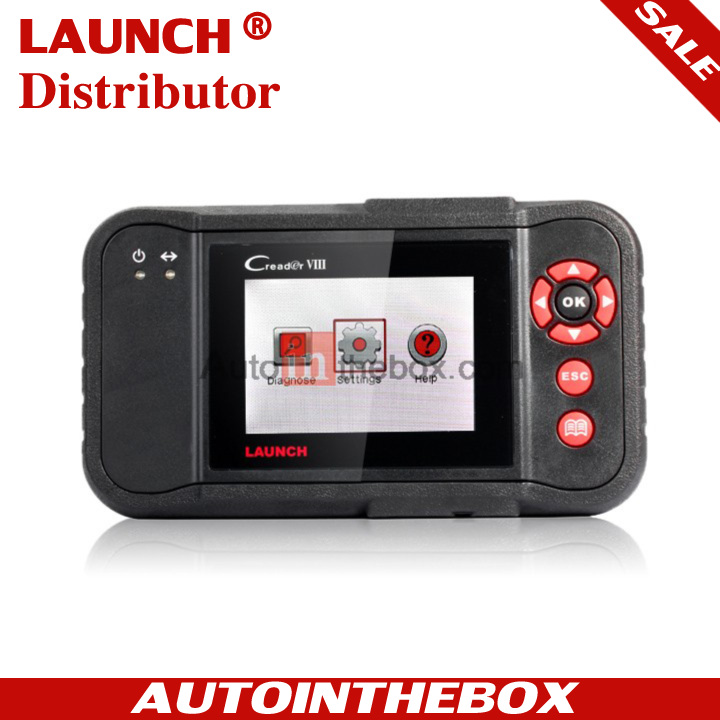
Preparation knowledge necessary for making an appropriate scan tool buying choice
“Check Engine” light on is one of the headaches that a motorist mostly unwilling to encounter. However, they notice the abnormalities but do not know what to do next. To know for sure, you can diagnose the problem with the help of a scan tool or code reader and see what the problem is. The…
-
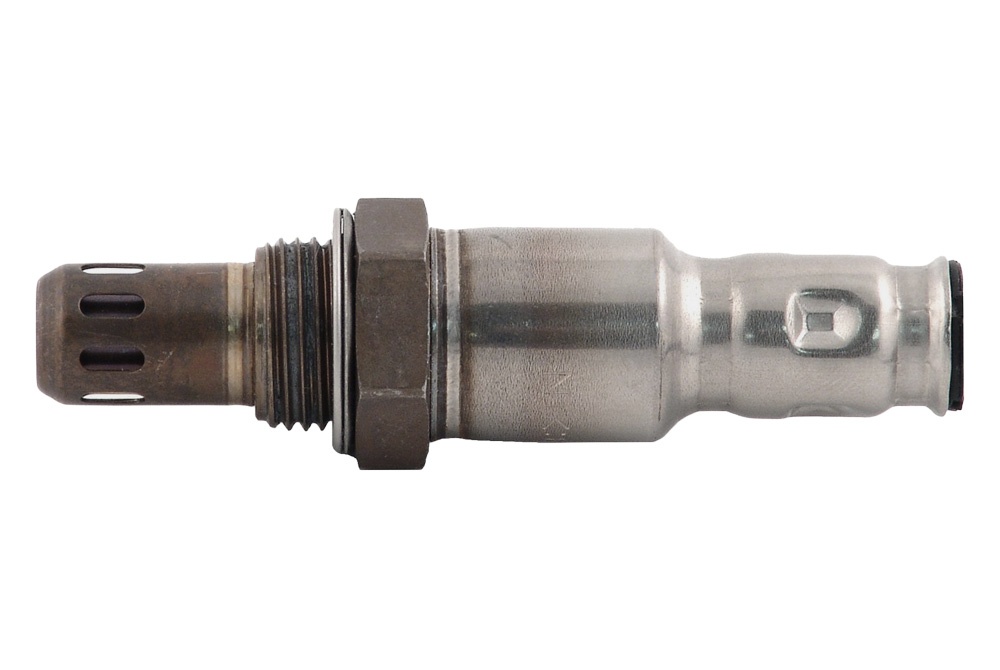
What you can do to fix oxygen sensors
Oxygen sensors–also called o2 sensors–are used by your vehicle’s computer to monitor and adjust the air-to-fuel ratio being pumped into your engine. These sensors are designed to be ‘disposable;’ that is; you will never find an o2 sensor that will remain in operational condition over the lifetime of your car. A broken or faulty o2…
-
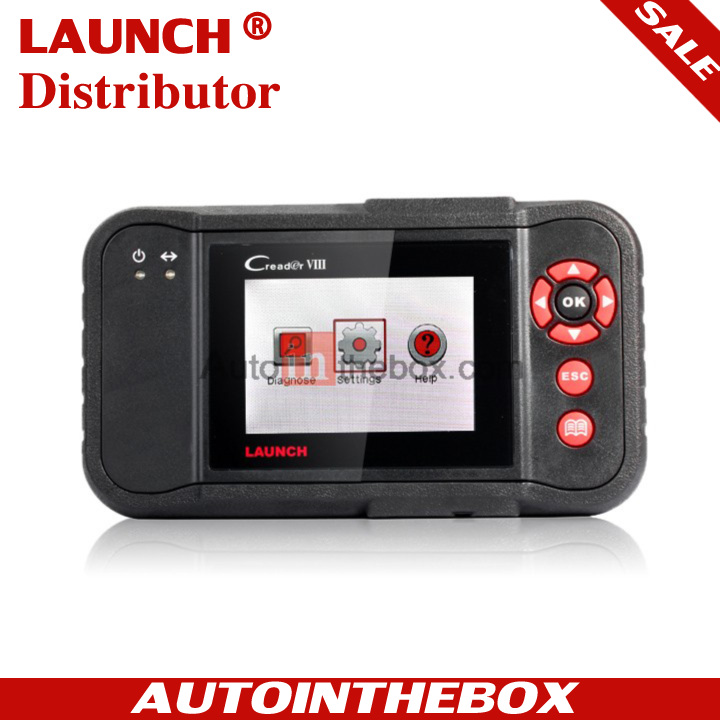
Do you apply your car code reader correctly?
A car code reader is one of the most basic car diagnostic tools that one can get. It is developed to interface with a car’s computer and report trouble codes in a very no-frills sort of way. OBD-I code readers and OBD-II code readers are typically affordable. Vehicles manufactured before 1996 require specific, proprietary OBD-I…
-
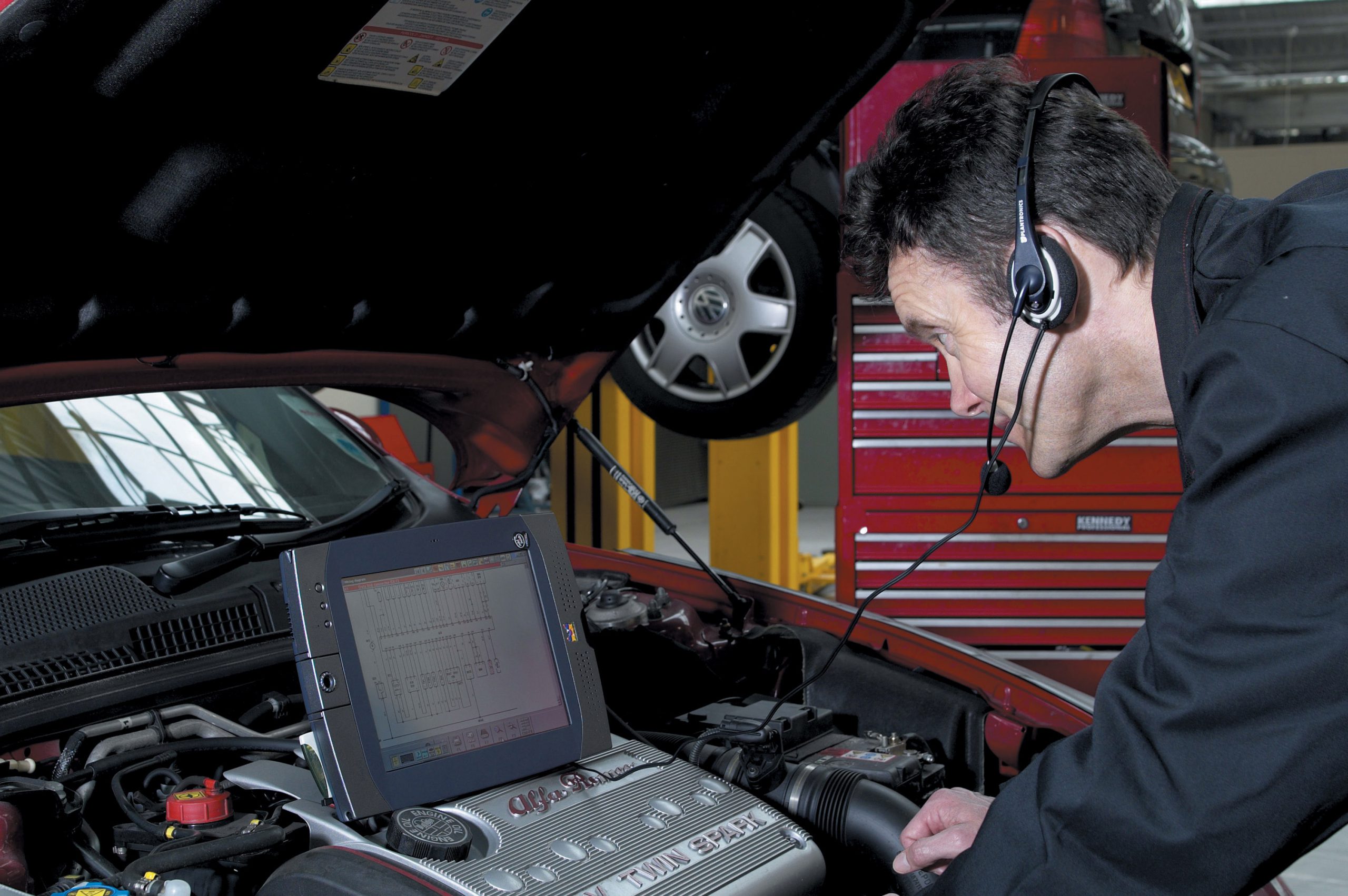
Heading off problems
If you are observant and care for your vehicle, you are more likely able to head off repair problems. Through your eyes, nose, ears and the other senses you can easily discover many vehicle problems before they get in the middle of your way. Inspecting the area around your vehicle, listening for unusual noises, smelling…
-
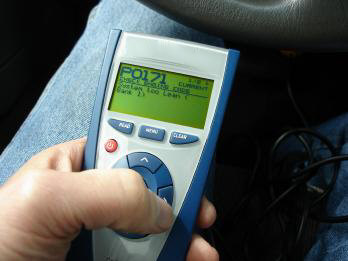
Guidelines on Diagnostic trouble code
A Diagnostic Trouble Code (DTC) indicates a fault possible with any monitored system. The code format is fixed and corresponds to the type of fault. A trouble code will turn on the Check Engine Light (malfunction indicator lamp or MIL) to alert the driver the vehicle has a problem. To diagnose the fault, a code…
-
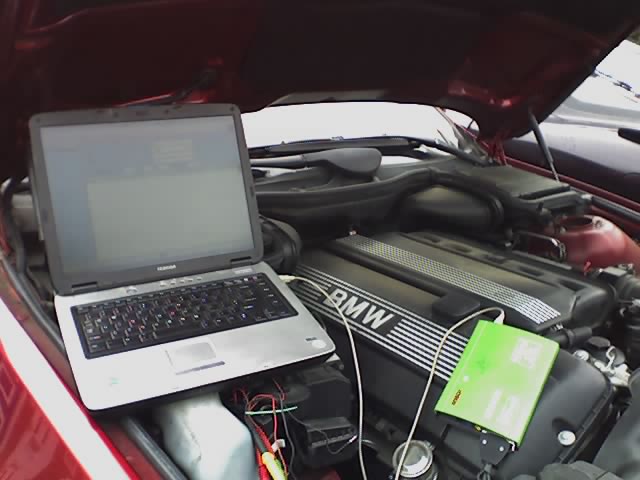
Using a laptop as an automotive scan tool
With the development of the technology, modern automobiles now are all equipped with an On-board Diagnostics system (OBD). There are two kinds of OBD. One is OBD-I, the other is OBD-II. As you can guess OBD-II is an improvement over OBD-I in both capability and standardization. It is an advanced management system that professionals and…
-
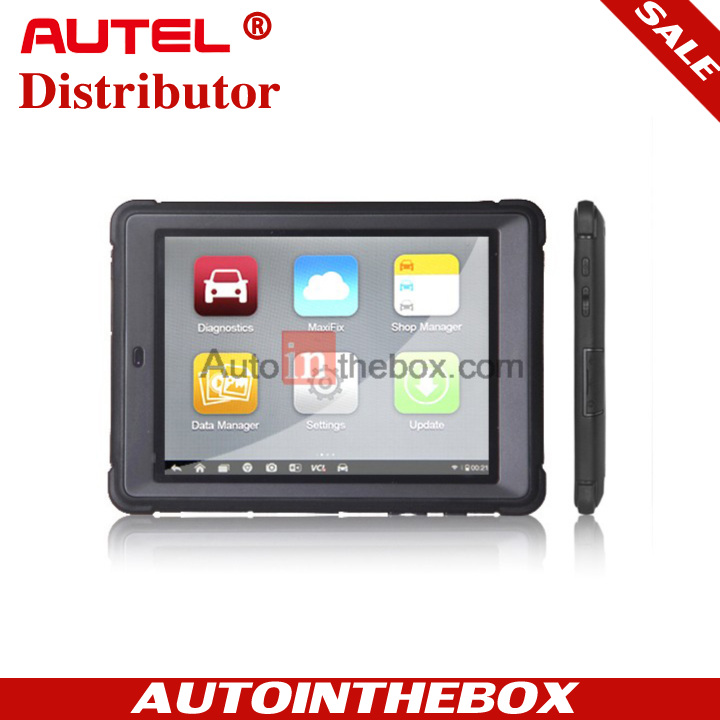
How to choose a diagnostic tool that works best for you
People may ask what’s the best car diagnostic tool that actually works? But there isn’t the best or cheapest car diagnostic tool. We should probably already know that there’s no real substitute for the car diagnostic tools that a professional diagnostic technician has at his or her disposal. Those tools, of course, typically consist of…
-
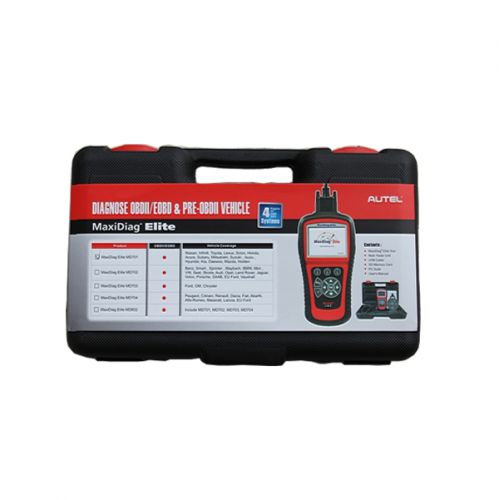
Matters that needs attetion in using car diagnostic tools
Automobile diagnostic tools are used to diagnose the engine, brake, vehicle parts and so on. They can be plug into the standardized socket on most vehicles and trucks manufactured after1996. In the fact, using a scan tools can save you many hours of headache in determining the problem with any car. Besides, they are very…
-
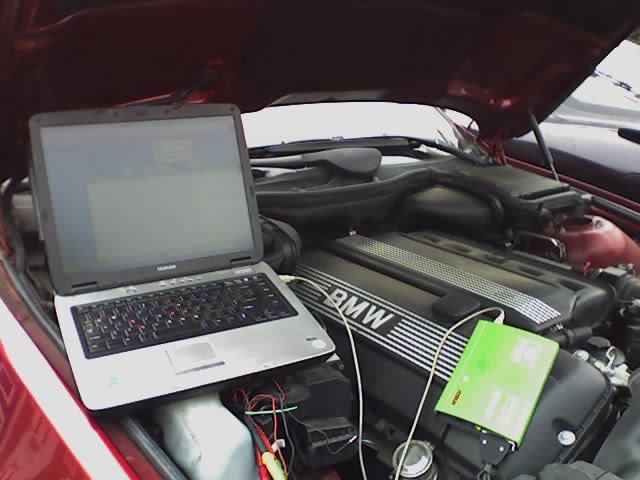
What kind of automotive scan tool should I get?
Deciding on the right scan tool for your automotive repair needs depends largely upon what the scan tool will be used for. Will you be performing diagnostic repair services at work? Perhaps the scan tool will be used at home to self diagnose your own vehicle’s engine troubles. The range of available scan tools can…
-
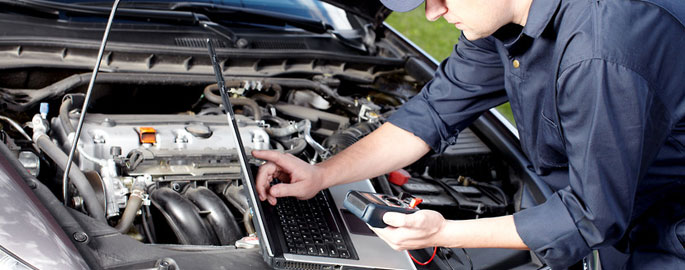
How much do you know about car diagnostic tools?
Car diagnostic tools range from low gear that you might already have in your toolbox to the high-end expensive equipment used by professional automotive technicians. Although cars have been tending more and more towards computer controls and diagnostic equipment in recent years, it is still important to start with the basics. Therefore, there are some…
